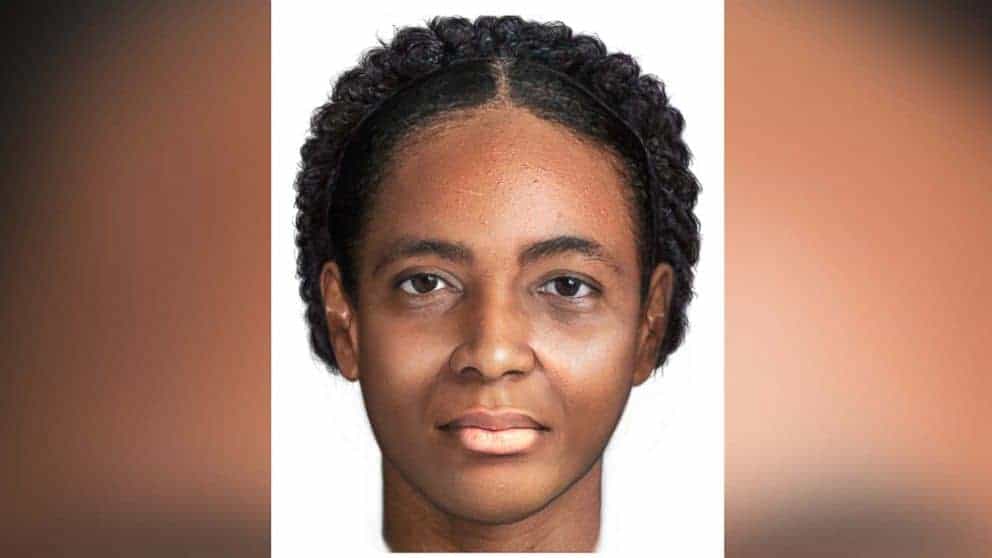In 2011, construction workers in Queens, New York made a horrifying discovery. A backhoe hit unexpected metal, which drew the attention of the workers. When they went to investigate, they found shredded metal and mummified human remains. Fearing they’d discovered the site of a homicide, the workers alerted the police about their gruesome find. The truth that was uncovered through extensive scientific research shed light on a largely forgotten part of America’s history. The Woman In the Iron Coffin ended up educating people through a documentary that followed the trail of her life, as reconstructed by historians and scientists.
30. Workers Hit a Snag
Workers using a backhoe at a construction site in Queens, New York in 2011 felt the machine hit metal unexpectedly. Fearing that they had struck a water or gas pipe, they immediately called a halt to investigate the snag. What they found was far more surprising than a mislaid pipe. In the excavation site was what appeared to be old iron, ripped apart by the digging of the backhoe. Upon closer inspection, they also realized a mummified body was present.

